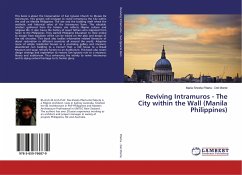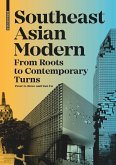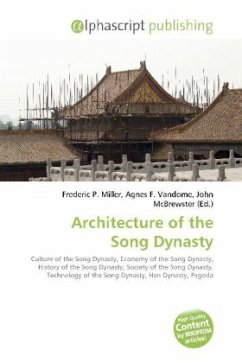High Quality Content by WIKIPEDIA articles! The Architecture of the Philippines is a reflection of the history and heritage of the Philippines. The most prominent historic constructions in the archipelago are from the Spanish Colonial period, though much Philippine architecture is also influenced by Japanese, Malay, Hindu, Chinese, and American cultures. The pre-colonial architecture of the Philippines consisted of the Nipa hut made from natural materials but there are some traces of large-scale construction before the Spanish colonizers came but not well documented. An example of this is the pre-colonial walled city of Maynilad although later after the Spanish colonization, dismantled by the Spaniards and rebuilt as Intramuros. There are also other minor pre-colonial walled cities like Betis and Macabebe. During three hundred years of Spanish colonialization the philippine architecture was dominated by the Spanish culture. During this period Intramurous, the walled city, of Manila, was built with its walls, houses, churches and fortresses. The Augustinian friars built a large number of grand churches all over the Philippine Islands.
Bitte wählen Sie Ihr Anliegen aus.
Rechnungen
Retourenschein anfordern
Bestellstatus
Storno








